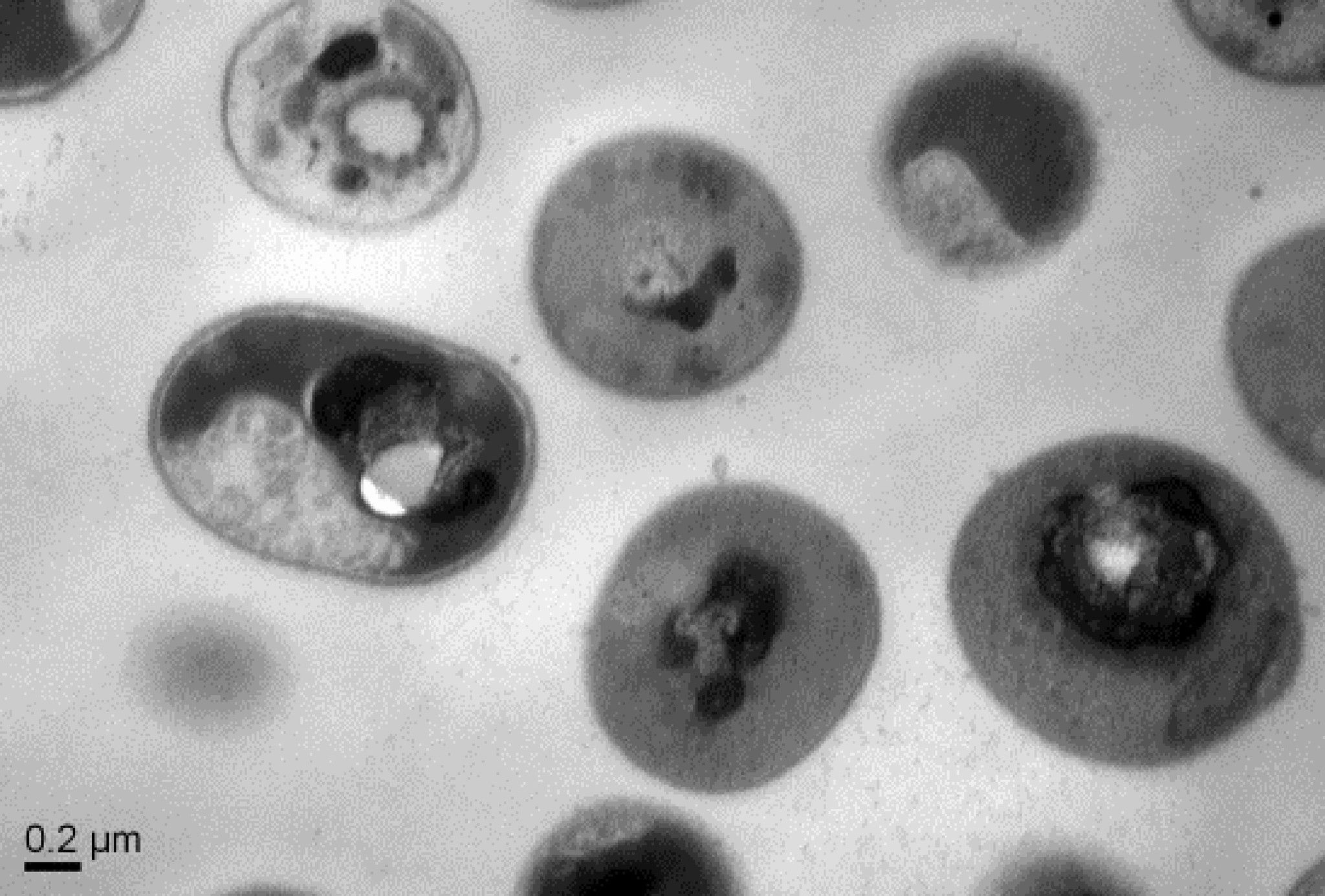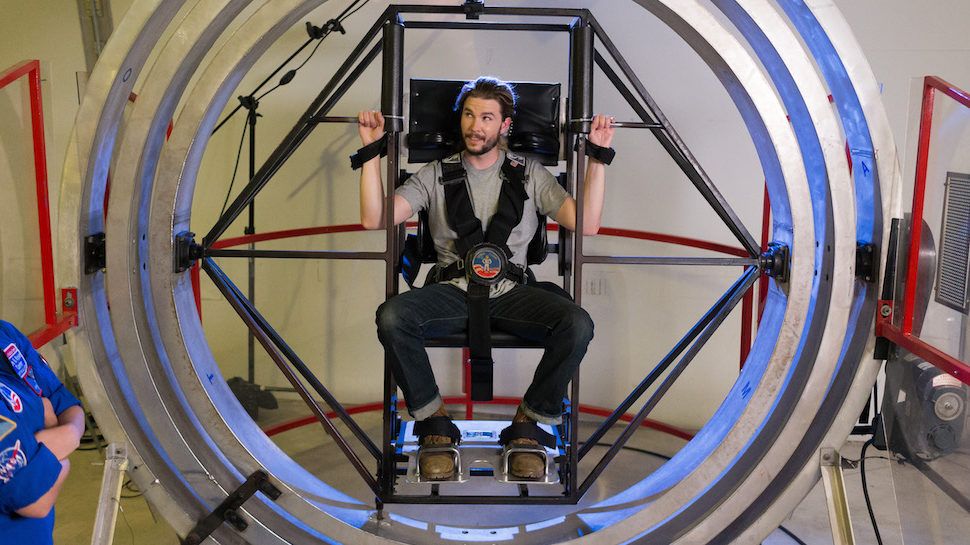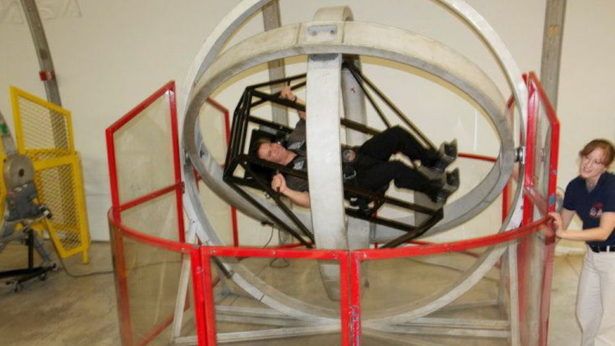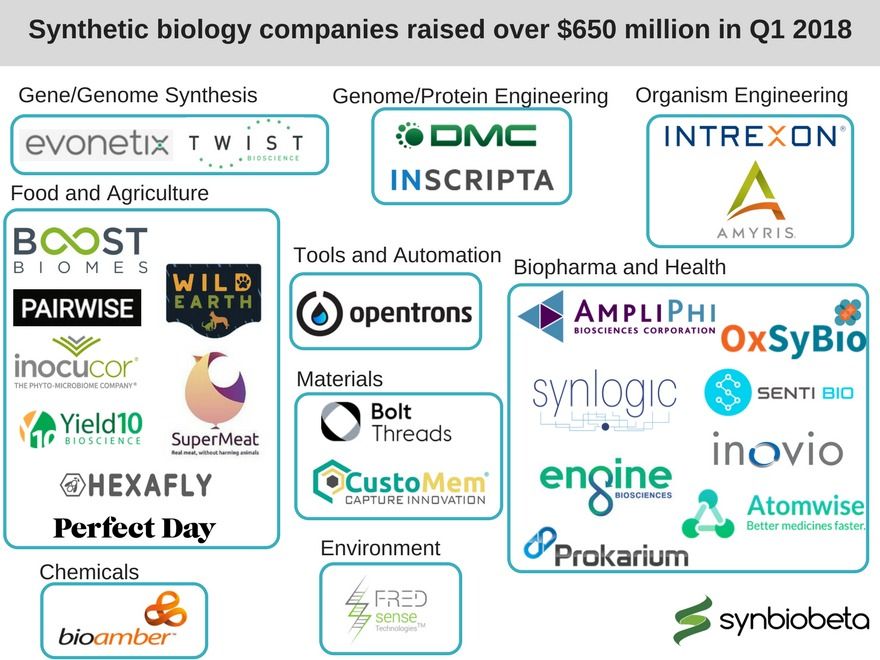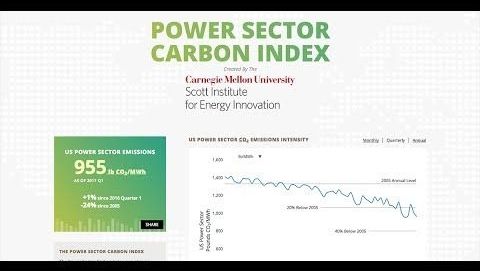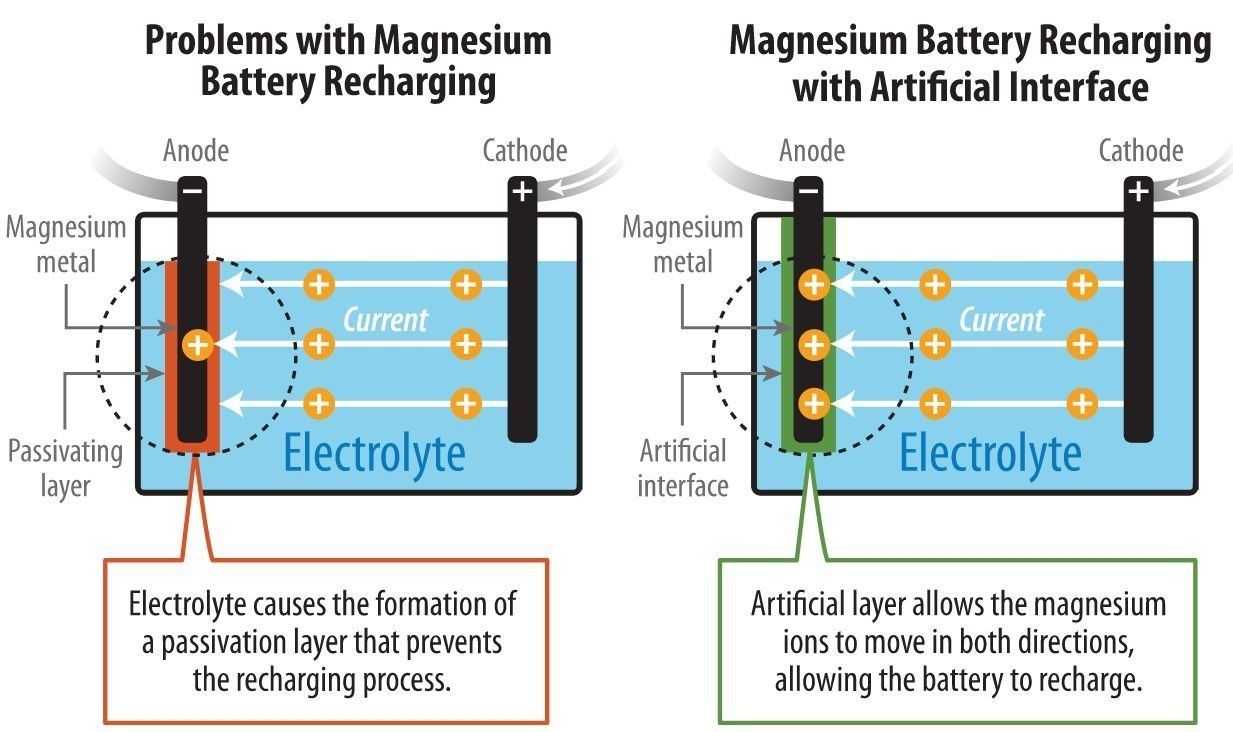Apr 4, 2018
‘A last line of defense’: IBM lab designs molecule to kill drug-resistant superbugs
Posted by Genevieve Klien in categories: bioengineering, biotech/medical, nanotechnology
Hedrick’s close call inspired his research team to design a new molecule, called a polymer, that targets five deadly types of drug-resistant microbes and kills them like ninja assassins. Their research, a collaboration with Singapore’s Institute of Bioengineering and Nanotechnology, was reported recently in the journal Nature Communications.
If commercialized, the polymer could boost the fight against “superbugs” that can fend off every antibiotic that doctors throw at them. An estimated 700,000 people worldwide die every year from these untreatable infections.
